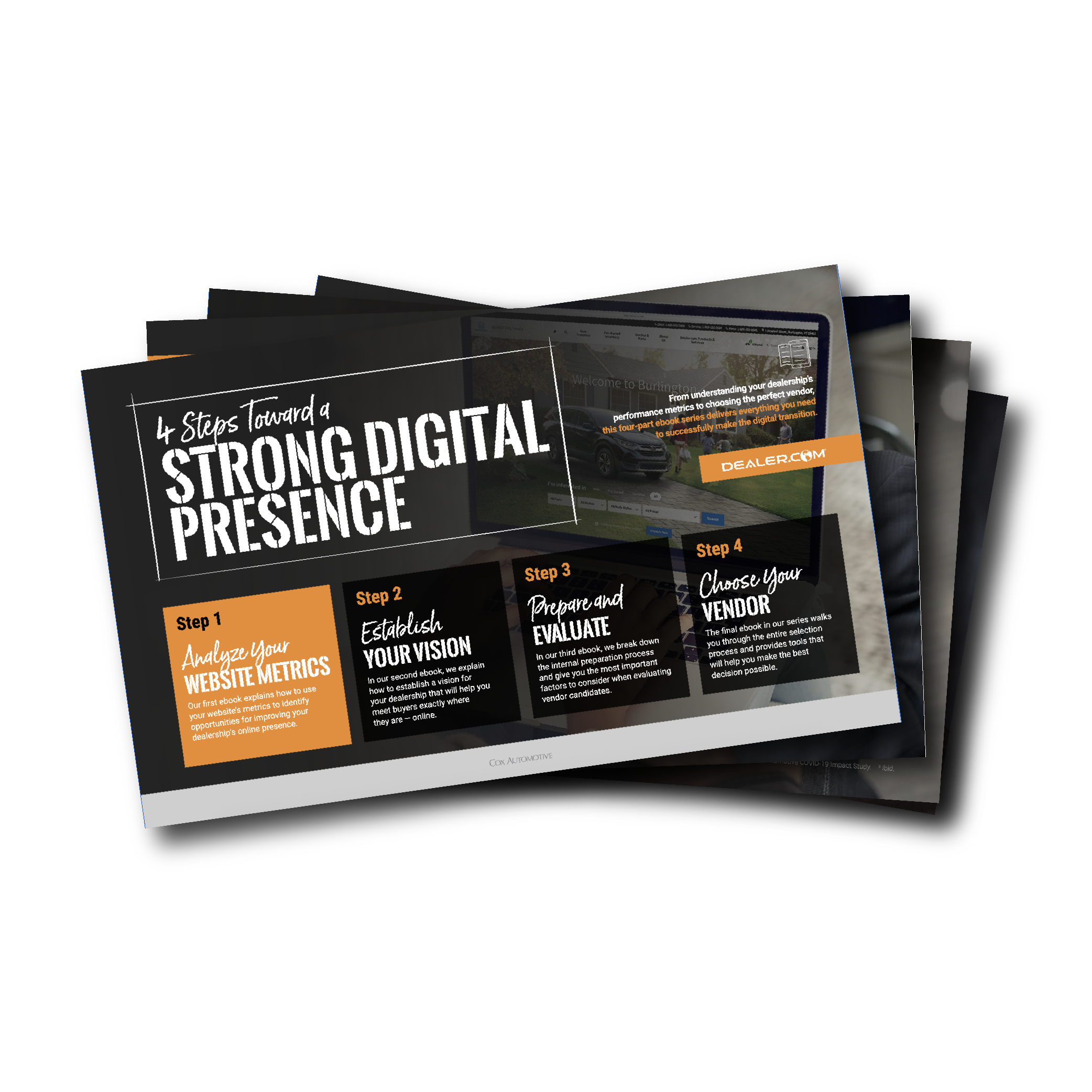
You may have heard, or surmised from the title, that Google will be updating their search algorithm to include a signal called Page Experience.
This update is set to launch in June 2021 and, to some degree, will influence car dealer SEO by affecting organic rankings. So, it should be a priority for developers, marketers, and owners of automotive websites to understand what page experience is and how it will impact digital presence.
In this article you’ll find:
- What’s behind this algorithm update
- The new metrics of Google Page Experience
- Other important factors in Google Search ranking
What’s Behind the Algorithm Update
With the rapid digitization of shopping over the past 12 months, never has a focus on user experience been more necessary or acute. The pinnacle of page experience is enabling people to get more done and engage more deeply. And consumers can feel the difference between a good and bad experience almost immediately. In fact, they make that assessment within the first 10 to 15 seconds.1
As for the user experience on automotive websites, the bar is set high and rising. Like many industries, automotive is seeing consumer preference for digital experiences gain momentum. Visitors increasingly expect personalized content and user-friendly dealership website design, as well as answers to any questions about your inventory, service and dealership to be available at their fingertips. It has become the norm to expect a wide range of features and services, from inventory videos to vehicle valuation to service appointment scheduling.
It’s common knowledge your website can deliver all the features a consumer could reasonably want or need, so let’s take this a step further. Is your website perceived to perform well while delivering on all these demands, and how can this be measured?
Google’s update is designed to help you interpret website performance by collecting and analyzing a targeted set of data. The page experience signal will measure aspects of how users perceive the experience of interacting with a web page. This will be one of hundreds of signals Google considers when ranking search results.
The New Metrics of Google Page Experience
Page speed has long been a factor in Google Search ranking. With the algorithm update in May 2021, this measure will be packaged in a group of metrics called Core Website Vitals (CWV).
The CWV signal consists of three metrics – loading, interactivity and visual stability – that build toward a complete picture of the quality of user experience on a web page. These will join four more metrics, which are already being measured and will remain applicable: mobile-friendliness, safe-browsing, HTTPS-security, and intrusive interstitial guidelines.
This produces a combined list of seven page experience signals:

Source2
In case you aren’t familiar with the metrics that make up the CWV, here is a summary of what they mean in this context:
- Largest Contentful Paint (LCP): how quickly your largest visible page element renders
- First Input Delay (FID): the time between the first user input and when a browser responds
- Cumulative Layout Shift (CLS): how much page elements unexpectedly shift around the page
Through this tailored lens of page experience, you will be able to gauge and identify opportunities for improvement. Optimizing for these factors will help sites evolve toward user expectation, resulting in less friction and more user engagement across your website.
Other Factors Influence Page Experience and Ranking
While all the metrics mentioned above are valuable for interpreting page experience, there is much more to this story. Beyond these seven measures, there are many factors to consider that are essential for website usability and consumer satisfaction.
Page experience includes all aspects of how users interact with a web page. Here are some examples of other factors that influence quality and user satisfaction: overall efficiency and functionality, engaging and varied content, pleasing design, and seamless navigation.
Google’s mission has always been to serve the most useful and usable results. Consider their statement on what matters for search ranking:
“While all of the components of page experience are important, we will prioritize pages with the best information overall, even if some aspects of page experience are subpar. A good page experience doesn’t override having great, relevant content.”2
The bottom line is, in order for your website to top the search rankings, the best approach is to prioritize the total user experience over specific performance measures.
Our team is focused on the complete user experience. With 55% market share of automotive franchise websites in North America, we have unmatched visibility into actual consumer behavior and real-time preferences. We put these insights to work for your dealership, converting your website visitors into leads and deals.
Want to know more about how automotive websites from Dealer.com use leading eCommerce best practices and user-guided design? Sign up for a demo!
Sources:
